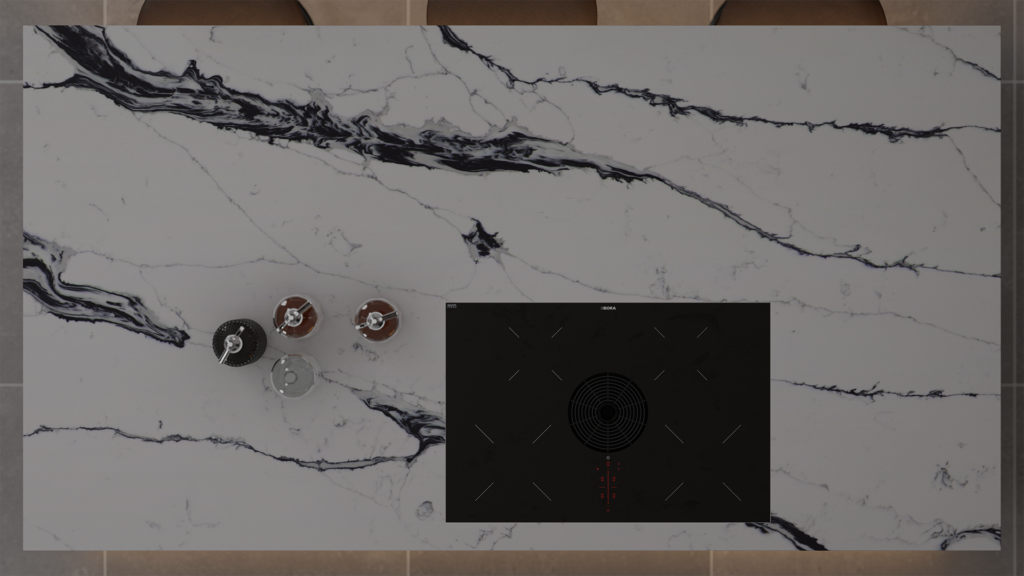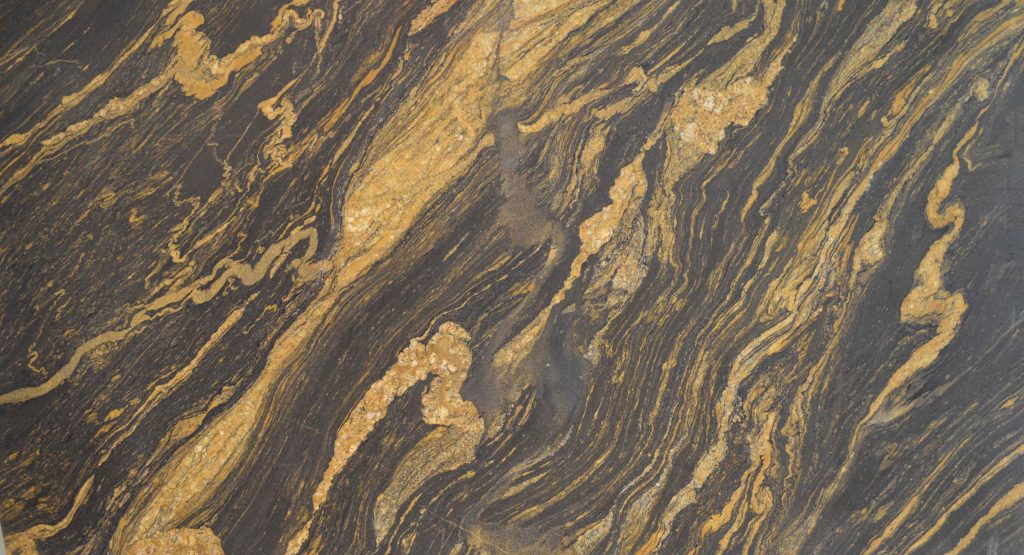The Stone Age: An In-Depth Exploration
Stone Worktops
What Was the Stone Age?
The Stone Age was a prehistoric period in human history characterized by the use of stone tools. It lasted for millions of years and is the earliest known phase of human civilization. Humans, during this time, lived without writing, metal tools, or complex technology. Instead, they relied heavily on stone implements, fire, and natural resources to survive.

Choose Material
When Did the Stone Age Start?
The Stone Age began approximately 2.5 million years ago with the appearance of the first stone tools. This period is divided into three main phases:
-
The Paleolithic (Old Stone Age)
-
The Mesolithic (Middle Stone Age)
-
The Neolithic (New Stone Age)
Each phase marked significant developments in human behavior, tools, and lifestyle.
How Long Did the Stone Age Last?
The Stone Age lasted for an immense period, stretching over 2.5 million years. It began with the emergence of early hominids and ended with the development of metalworking around 3,000 BCE, marking the beginning of the Bronze Age.
When Did the Stone Age End?
The end of the Stone Age is not tied to a specific date but rather to the transition from the Stone Age to the Bronze Age. This happened gradually in different regions, starting around 3,000 BCE in the Near East, where the use of metal tools became widespread.
The Stone Age Timeline
Early hominids like Australopithecus likely used rudimentary stone tools for scavenging and processing food.
Homo erectus developed more sophisticated Acheulean tools and was the first hominin to migrate out of Africa.
Early Homo sapiens developed diverse toolkits, including Mousterian tools, and exhibited early signs of symbolic behavior.
The Paleolithic saw significant climatic shifts and the development of cave art, ritualistic practices, and more refined hunting techniques.
The Neolithic revolution brought about settled agriculture, domestication of animals, pottery, and the development of polished stone tools.
What Did People in the Stone Age Eat?
Diet in the Stone Age varied greatly depending on the time and place. Early humans were mostly hunter-gatherers, relying on wild animals, fish, and plants for food. As time went on, during the Neolithic period, people began to practice early agriculture, growing crops like wheat, barley, and peas, and domesticating animals such as goats, sheep, and cattle.
Life in the Stone Age: What Was It Like?
Life in the Stone Age was undoubtedly tough. Humans lived in small, nomadic groups and were constantly on the move, following food sources and seasonal changes. The tools they used were simple, often made of stone, bone, and wood. Fire was essential for cooking, warmth, and protection from predators.
Housing and Living Conditions
Early humans lived in caves, shelters made from animal skins, or rudimentary huts. These structures were often temporary and provided protection from the elements.
The Role of Family and Social Structure
Family units were crucial for survival, with groups typically consisting of several families. Social structures were likely simple, but the need for cooperation in hunting, gathering, and defending against predators would have shaped these early societies.
Interesting Facts About the Stone Age
-
Tools were everything: Stone tools, such as hand axes and scrapers, were essential for survival. These tools were used for hunting, skinning animals, chopping wood, and making clothes.
-
Fire mastery: Mastery over fire was one of the greatest accomplishments of the Stone Age, providing warmth, light, and the ability to cook food.
-
Artistic expression: Stone Age people left behind cave paintings and carvings, suggesting that early humans had a rich cultural and spiritual life.
-
The first humans: Homo habilis, the first species to make tools, emerged around 2.5 million years ago, marking the beginning of the Stone Age.
-
Stone Age kids: Stone Age children learned survival skills from their families, much like today, although their lessons involved hunting, tool-making, and gathering.
What Tools Did People Use in the Stone Age?
The tools of the Stone Age were primarily made of stone, bone, and wood. Early humans used sharp-edged stones for cutting, chopping, and scraping. As technology advanced, microliths (small, finely crafted tools) emerged during the Mesolithic, and polished stone tools were developed during the Neolithic.
What Did Stone Age People Wear?
The clothing in the Stone Age was made primarily from animal skins. These skins were scraped, tanned, and sewn together using bones and sinew. Early humans wore basic clothing for protection against the elements, with more advanced designs emerging as cultures evolved.
Where Did Stone Age People Live?
Stone Age people lived in a variety of environments, from cold tundra to warm, forested areas. They often settled near rivers and coastlines, where food sources like fish, water, and wild plants were abundant. Some groups also created temporary shelters in caves or rock overhangs.
Fun Facts About the Stone Age
-
The first “social media”: Early humans left behind carvings and paintings on cave walls, possibly as a form of communication or artistic expression.
-
Stone Age fashion: Evidence of jewelry, including necklaces made from bones, teeth, and shells, shows that people in the Stone Age enjoyed decorating themselves.
-
Long-distance trade: Some archaeological findings suggest that early humans traded items like flint and obsidian over long distances.
What Came After the Stone Age?
After the Stone Age, humanity entered the Bronze Age, which began around 3,000 BCE. This was a period marked by the discovery and use of metals, particularly copper and bronze, which were used to create stronger tools, weapons, and structures.
Stone Age Animals
Stone Age people coexisted with a variety of animals, including mammoths, saber-toothed cats, and bison. These animals were crucial to their survival, providing food, clothing, and tools (bones, tusks).
Why Is It Called the Stone Age?
It is called the Stone Age because the primary material used for tools and weapons was stone. This period marks the earliest known use of tools by humans, which were essential to their survival and evolution.
A Day in the Life of a Stone Age Child
A typical day for a Stone Age child would involve learning essential skills such as hunting, gathering, and making tools. Children would help collect fruits, berries, and nuts, as well as assist in processing animal skins and other daily tasks.
Conclusion
The Stone Age was a remarkable period in human history. It was a time of survival, innovation, and discovery. Early humans shaped the world with their stone tools, mastery of fire, and the development of culture and society. Although life was hard, the Stone Age laid the foundation for all future human civilizations. From the first tools to the art on cave walls, the Stone Age offers us an incredible glimpse into the lives of our distant ancestors.
FAQs About the Stone Age
-
When did the Stone Age begin and end? The Stone Age began about 2.5 million years ago and ended around 3,000 BCE with the advent of metalworking.
-
What did people in the Stone Age eat? People in the Stone Age ate a combination of wild animals, fish, fruits, nuts, and early agricultural crops.
-
What tools did Stone Age people use? Stone Age tools included hand axes, scrapers, and microliths, all made from stone, bone, and wood.
-
What was the lifestyle like during the Stone Age? Life during the Stone Age was challenging. People lived in small, nomadic groups, hunting, gathering, and creating tools for survival.
-
What came after the Stone Age? The Stone Age was followed by the Bronze Age, which saw the use of metals like bronze and copper for tools and weapons.






